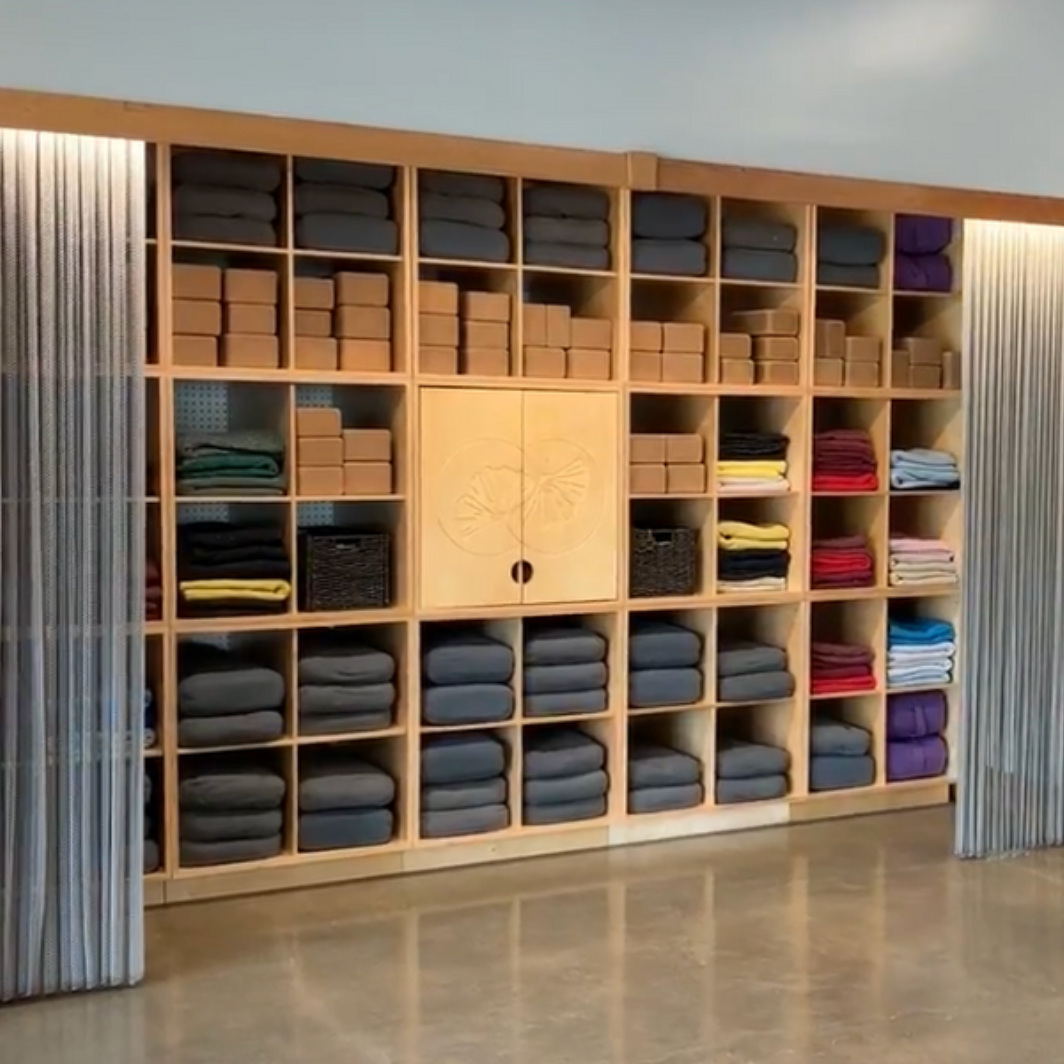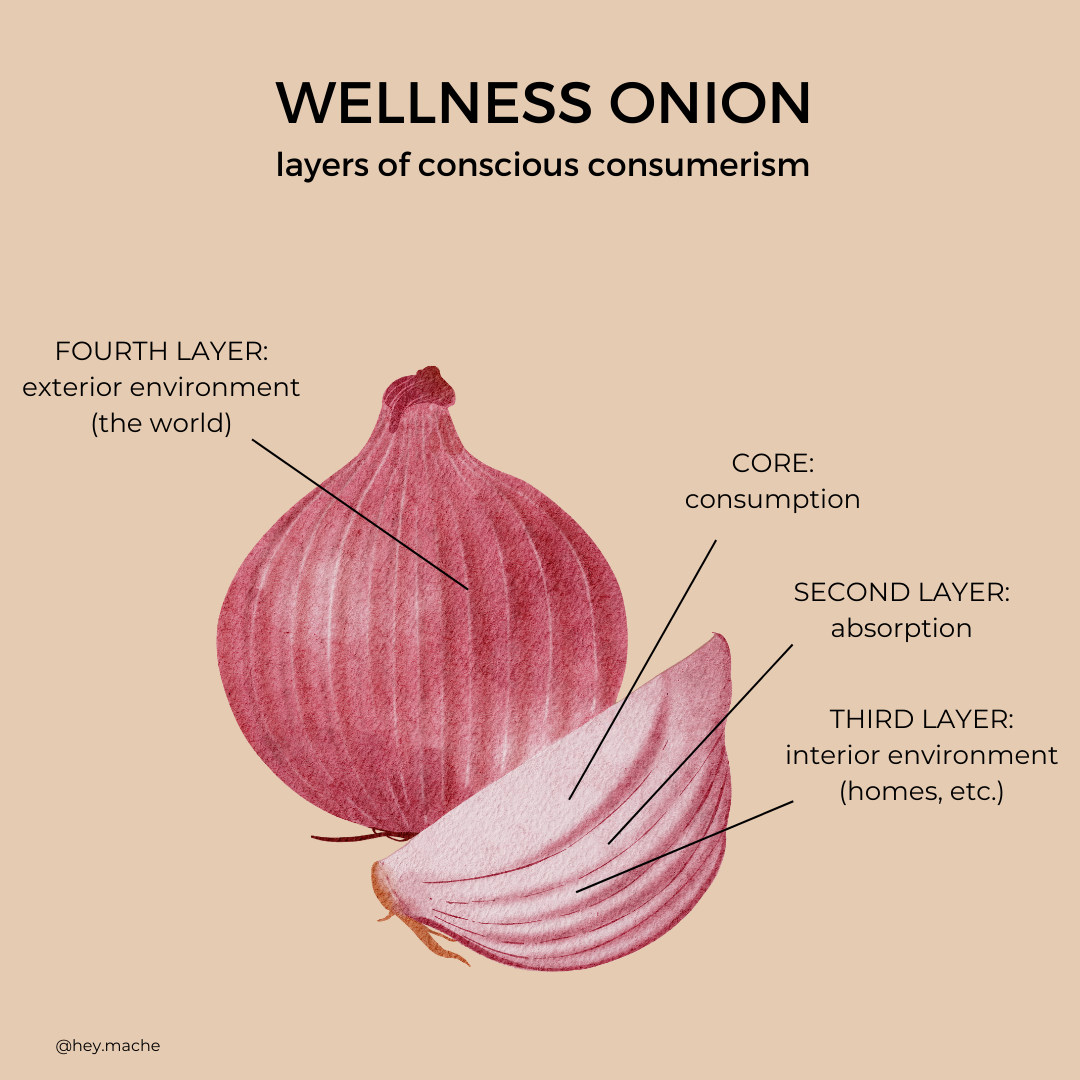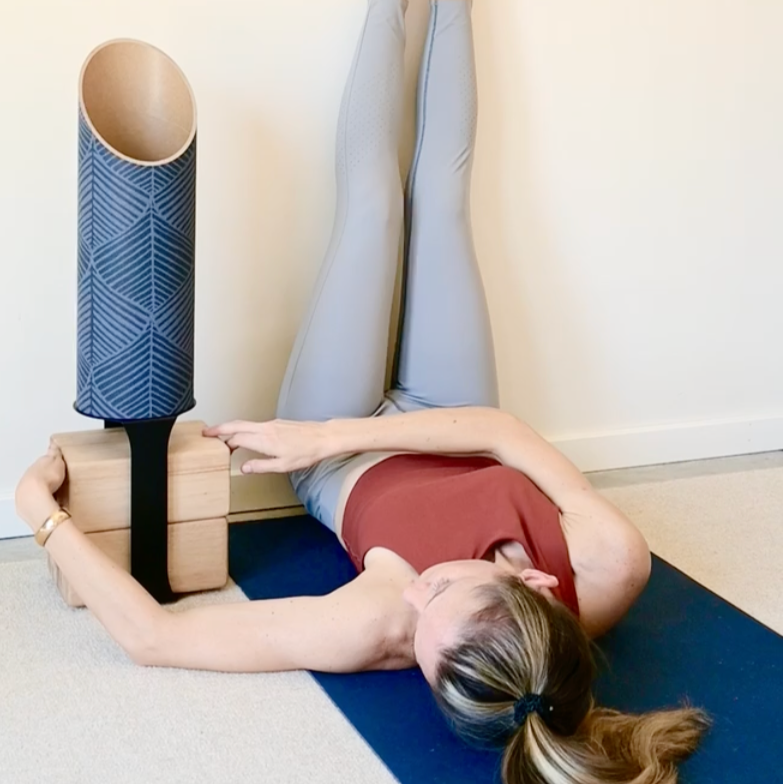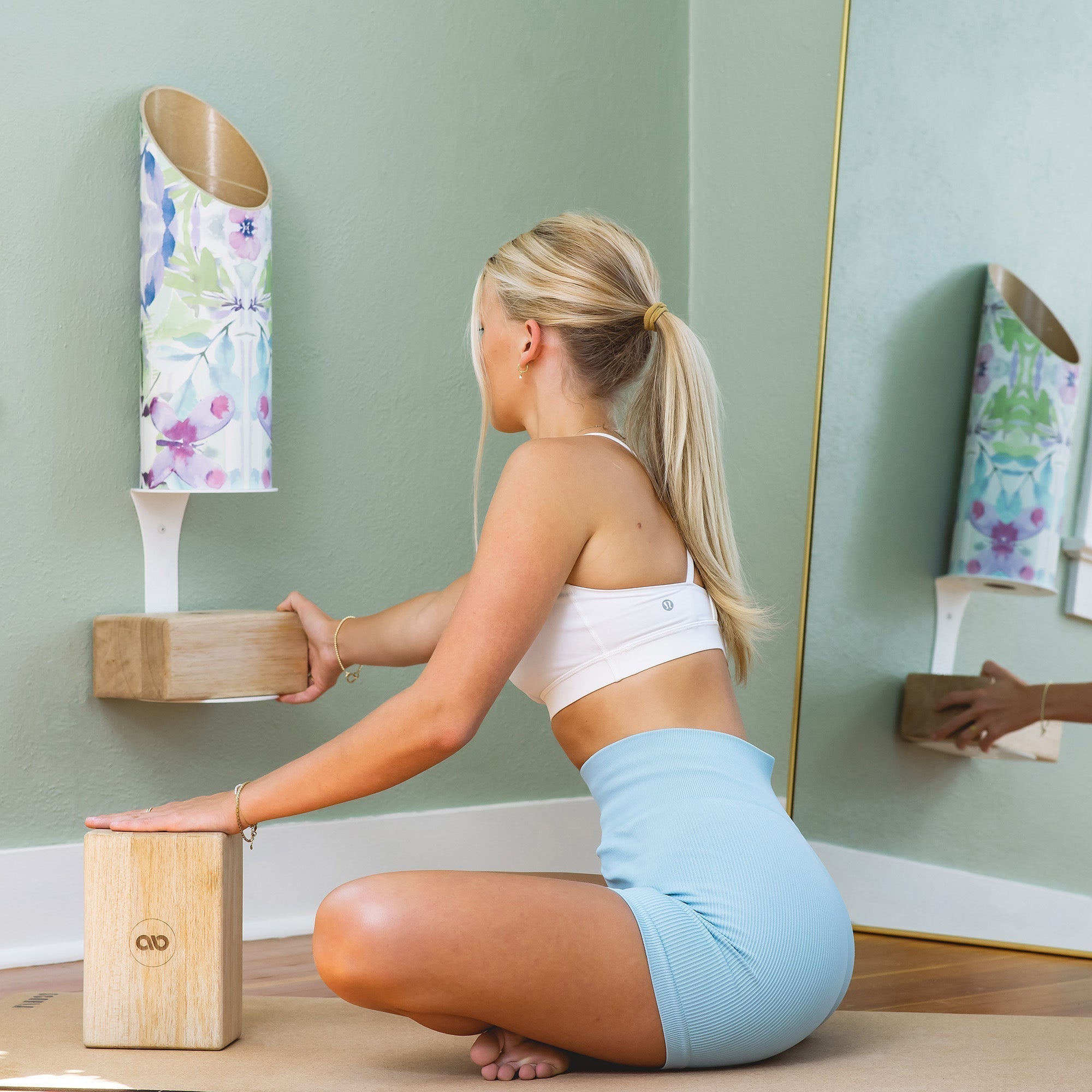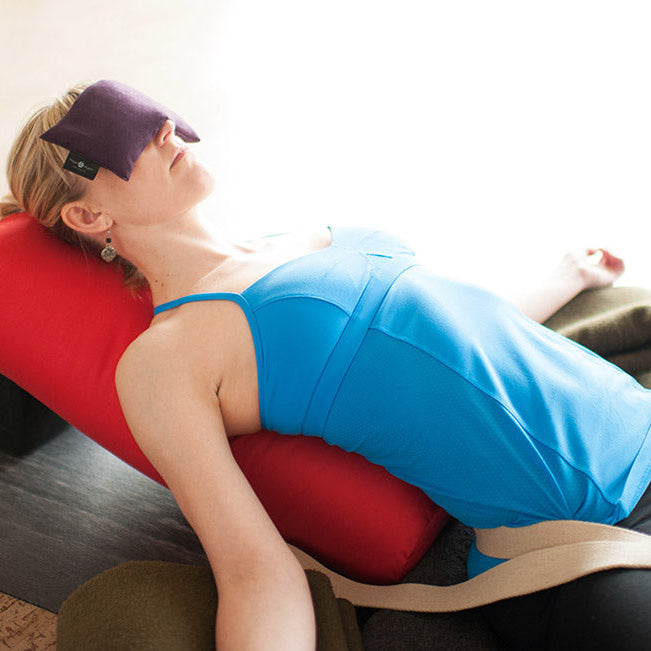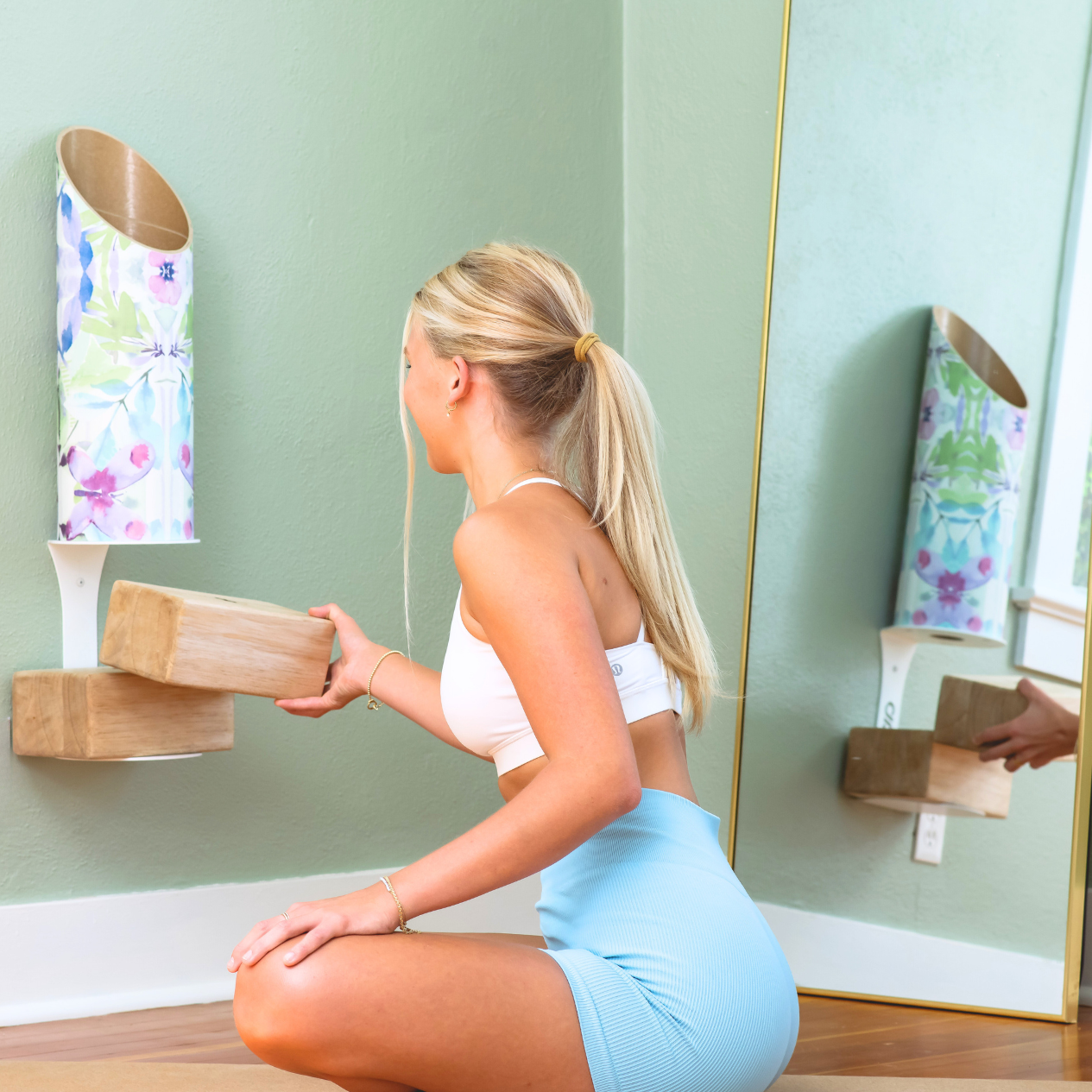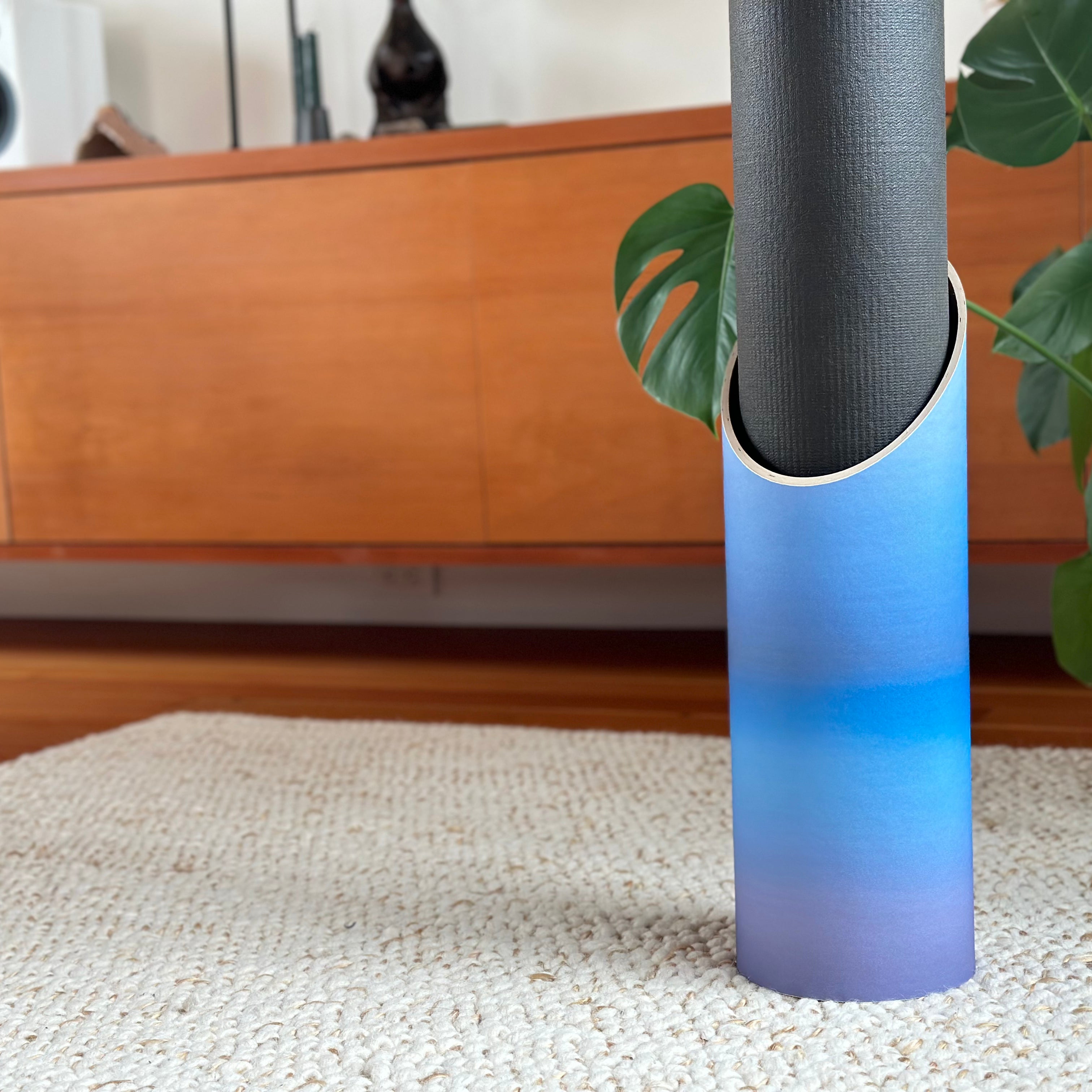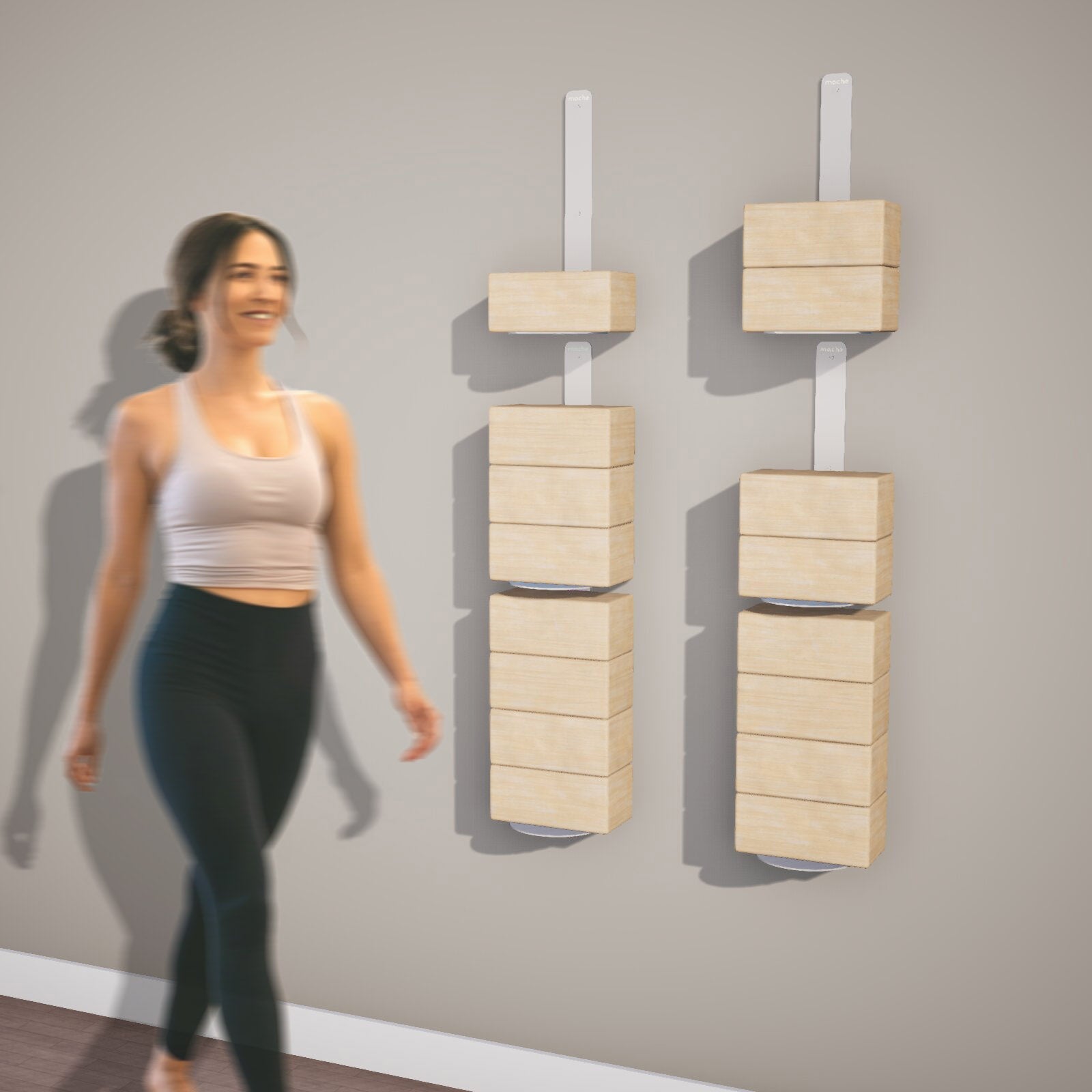Welcome to the age of modern living, where we spend a significant portion of our lives indoors. But what if the very buildings meant to shelter and protect us could be making us sick? Sadly, the reality is our indoor air quality measures, on average, two- to five-times more polluted than outdoor air. Enter the phenomenon known as Sick Building Syndrome (SBS). In this article, we'll dive into the history and causes of SBS, shedding light on what it is and providing you with practical tips to create a healthier indoor environment.
What is Sick Building Syndrome?
Sick Building Syndrome (SBS) is a term coined to describe a range of symptoms experienced by individuals who spend time in a particular building but cannot attribute their discomfort to any specific illness. The symptoms vary widely and may include headaches, eye, nose, or throat irritation, fatigue, and dizziness, among others.
When was Sick Building Syndrome discovered?
The term gained prominence in the 1970s as people began to notice a pattern of health issues related to the indoor spaces they occupied. To understand SBS, it's critical to delve into its historical context. The oil crisis of the 1970s prompted a push for energy-efficient buildings, leading to the sealing of structures to conserve energy.
Unfortunately, this well-intending energy-efficient design had unintended consequences on indoor air quality. As buildings became more airtight, the often-overlooked dangers of off-gassing chemicals and trapped air pollutants began to accumulate, giving rise to the concept of Sick Building Syndrome, first coined in 1984 by the World Health Organization.

4 Main Causes of Sick Building Syndrome
1. Poor Ventilation
One of the primary contributors to SBS is inadequate ventilation. Insufficient fresh air exchange allows indoor pollutants to build up, leading to discomfort and health issues. HVAC (heating and air conditioning systems) tend to exacerbate the issue by recirculating polluted air and not adequately filtering out the air-borne toxins.
2. Indoor Air Quality
Indoor air quality plays a pivotal role in our well-being. Pollutants such as volatile organic compounds (VOCs), mold, and dust mites can thrive in enclosed spaces, triggering symptoms associated with SBS.
3. Chemical Contaminants
The presence of harmful chemicals in building materials, furniture, and cleaning products can contribute to SBS. Formaldehyde, found in some adhesives and finishes, is a notorious culprit, as are formamide, asbestos and lead.
4. Biological Contaminants
Mold, bacteria, and viruses can proliferate in damp or poorly ventilated areas, impacting indoor air quality and potentially causing SBS symptoms.

Off-Gassing Chemicals in Interior Design
The Rise of Off-Gassing Chemicals:
With a newfound emphasis on energy efficiency, the market saw a surge in the use of synthetic materials and finishes in interior design and construction. While these materials brought about cost-effective and aesthetically pleasing solutions, they also introduced a silent threat – dangerous chemical off-gassing.
Off-gassing refers to the release of VOCs and other chemicals into the air over time. These chemicals are commonly found in paints, adhesives, carpets, furniture, and various interior finishes. While they may contribute to the visual appeal of a space, they can also be significant contributors to Sick Building Syndrome and therefore may be dangerous to your health.
The Culprits: Formaldehyde + Beyond
One notorious off-gassing culprit is formaldehyde, a common component in adhesives, paints, and some furniture finishes. This chemical, classified as a VOC, is known to cause respiratory irritation, headaches, and other health issues. Beyond formaldehyde, a myriad of VOCs found in paints, varnishes, and synthetic materials can contribute to indoor air pollution.
The Impact on Indoor Air Quality
As these off-gassing chemicals permeate the indoor environment, they accumulate over time, compromising indoor air quality and seeping into our bloodstream through our lungs and skin. Occupants unknowingly inhale and absorb these pollutants, leading to a range of symptoms associated with Sick Building Syndrome. Headaches, nausea, respiratory discomfort, hormonal imbalances, as well as birth and developmental defects can be attributed to prolonged exposure to these off-gassing chemicals.
Regulatory Responses: Slow but Moving in the Right Direction
In response to the growing awareness of indoor air quality issues, regulatory bodies began implementing measures to address the use of harmful chemicals in building materials. Standards and certifications for low-VOC or VOC-free products have emerged, encouraging manufacturers to adopt environmentally friendly practices and reduce the impact of off-gassing on indoor air quality.

The Shift to Detox Interior Design
In recent years, there has been a notable shift in consumer demand towards healthier interior finish materials and furnishing options. Designers, architects, and manufacturers are increasingly prioritizing materials that minimize off-gassing, offering sustainable and health-conscious alternatives. This shift underscores the growing recognition of the intimate connection between indoor environments and occupant well-being.
Understanding the historical evolution of off-gassing chemicals allows us to make informed choices about the products we bring into our living spaces. By opting for low-VOC or VOC-free materials, consumers can contribute to a healthier indoor environment and reduce the risk of falling victim to the insidious effects of off-gassing chemicals associated with Sick Building Syndrome.

Tips to Avoid Sick Building Syndrome
Now that we understand the causes of SBS, let's explore practical tips to create a healthier indoor environment and mitigate the risk of falling victim to Sick Building Syndrome:
1. Improve Ventilation: Ensuring proper ventilation in your interior spaces is paramount. Open windows whenever possible to regularly flush the space with fresh outdoor air, use exhaust fans, and invest in high-quality air purifiers with HEPA filters to enhance indoor air circulation.
2. Monitor Indoor Humidity: Maintain indoor humidity levels between 30-50% to discourage mold growth. Dehumidifiers can be valuable tools in controlling moisture in damp areas like basements and bathrooms.
3. Choose No- to Low-VOC Materials: When renovating or furnishing your space, opt for low-VOC or VOC-free products. Many modern building materials and furnishings are available with reduced chemical emissions, promoting better indoor air quality. If you'd like help selecting the right non-toxic materials and furnishings for your home or workplace, consider working with a wellness designer that specializes in sustainable interior design.
4. Regular Cleaning + Maintenance: Establish a routine cleaning schedule to prevent the buildup of dust, mold, and other contaminants. Regularly service heating, ventilation, and air conditioning (HVAC) systems to ensure optimal performance.
5. Introduce Indoor Plants: Plants act as natural air purifiers, absorbing pollutants and releasing oxygen. Incorporate indoor plants such as spider plants, peace lilies, or snake plants to improve air quality and create an ever-evolving, refreshing atmosphere.
6. Mindful Product Choices: Choose cleaning products and personal care items with care. Opt for eco-friendly, non-toxic alternatives to reduce the introduction of harmful chemicals into your living space. Shop with companies making a concerted effort to minimize the use of plastic in their product lines.
In our quest for modern comfort, it's crucial not to overlook the quality of the indoor spaces we inhabit. Sick Building Syndrome serves as a stark reminder that our well-being is intricately linked to the environments we create. By implementing these tips and fostering awareness about indoor air quality, we can take proactive steps to ensure our homes and workplaces promote health and vitality, not discomfort and illness. After all, if we spend, on average, over 90% of our time indoors, than we can see how a healthy building interior would be the foundation for a healthier life.
Continue your environmental detox journey with this related article: "What is a V.O.C.? Understand Off-gassing Plastics + Why They are Harmful to your Health"


